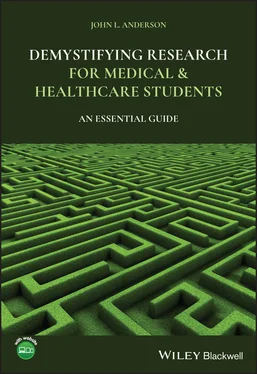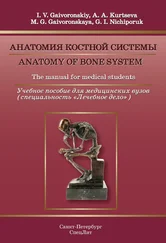1 ...6 7 8 10 11 12 ...19 (None of my science teachers at school or university explained anything of the methodological science behind what we were doing – and that was a great pity. Over the years I have had to explain to undergraduate and postgraduate students the principles which underpin the ‘sciences’ of research – because most of them did not understand it either! Well, now, you do!)
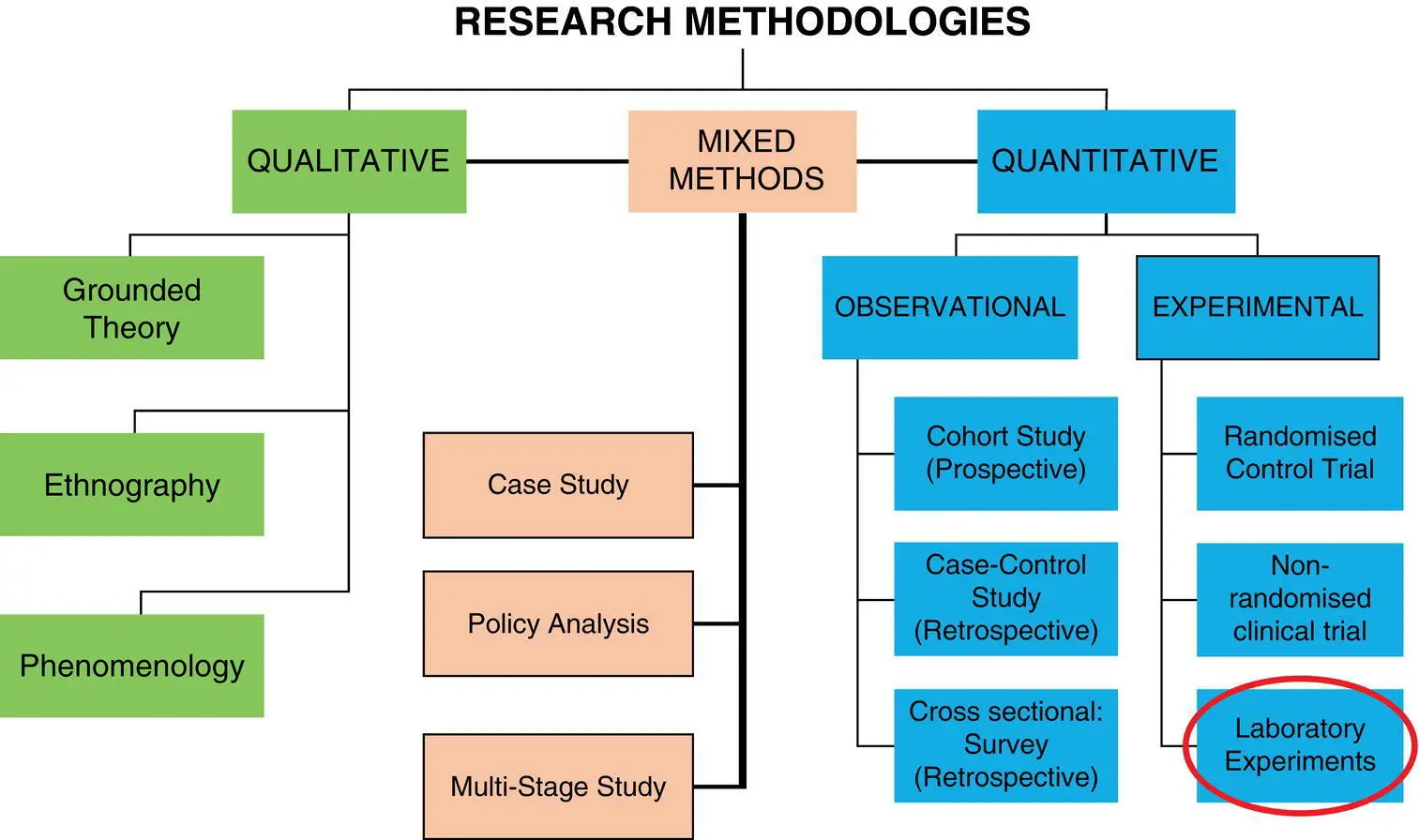
The ‘Logic’ of the Experimental Approach
How often do we, and others, ask the question, ‘I wonder what happens if I … remove this thing here/do this instead of that/etc.’ Famous last words. How many of us, when we see a sign saying WET PAINT,instead of avoiding the painted surface, touch it to see if it is really wet?! (Some of us never really shed those childhood rebellious behaviours!) So we or they touch the paint, and end up with sticky fingers! ‘Yup. I guess it IS wet paint!’ is the conclusion!
This may sound like a banal example, but it illustrates the first level of experimentation. We begin with a hypothesis – ‘the paint is not wet’ – and we test our hypothesis – by touching the wood (or better still, by encouraging someone else to touch it) – using the tried and tested approach of ‘touch it and see’. This act of experimentation then either confirms our hypothesis – ‘Yes, the paint is wet! Now where do I clean my hands?!’ – or it refutes (denies) our hypothesis – ‘No, the paint is not wet. Phew!’
So, the process is simple:
We have a question – ‘Is that paint wet?’
We state our hypothesis – ‘My hunch is that the paint is not wet’ – this implies the nul hypothesis – ‘My hunch is that the paint is wet’.
We carry out our experimentation – we touch the paint.
We note the result – the paint is wet!
We conclude that this has refuted our hypothesis – it has confirmed the nul hypothesis – the paint is wet.
We disseminate our findings – ‘Look out – that paint really is wet!’
Easy! Now go on and think of a few examples on your own – if you send your ideas to me, I shall include the ones I like best and acknowledge you in the next edition of this book!
As an experiment, the hypothesis would have been ‘Touching the paint will not dirty my hand – the paint is dry’. And the nul hypothesis (the opposite of the hypothesis) would have been …? Yes, that's right, ‘Touching the paint will dirty my hand – the paint is not dry’. And the intervention would have been – touching the paint. The outcomes would have been:
1 my hand will remain clean – the paint was dry; or
2 my hand will be messy – the paint was not dry.
Now, some of you might argue that this is not a true experiment – the act of touching the paint was not a true intervention, it was an ‘interrogation’ or ‘questioning’ or ‘testing’ of the paint. I'm not going to argue – you could take it either way, but I hope it shows the point I am trying to make – experimentation is a part of our daily lives! We are born researchers and experimenters.
One more thing to note is that not all experimental approaches are truly hypothetico‐deductive, some are hypothetico‐inductive– we don't have a clue about what might happen when we press the button to set off the atom bomb, but we want to find out …
In a basic experiment, we set up a situation where we introduce one thing – a substance or a variable – to another thing (substance/variable) and observe the effects – the outcomes of doing this.
In a laboratory we can controlthe situation, the experiment, and the environment within which the experiment is done. So, if Substance A is zinc, and Substance B is hydrochloric acid, we should observe a fizzing as the acid meets the zinc and the gas hydrogen will be given off, leaving a residual substance (hydrogen chloride) behind. We can do the experiment with different concentrations of the acid, at different temperatures, at different atmospheric pressures, and at different levels of humidity – and measure the results in each condition. That is, we can take external variablesinto account to measure the extent to which they interfere with, or contaminate, our results. We can repeat the experiment as often as we want to check our results. And, most importantly, by keeping our equipment squeaky‐clean, we can make sure that there are no substances on/in the equipment that can interfere with the experiment – ‘Cleanliness is next to Godliness!’ And to avoid the ‘Fleming effect’ we can conduct our work in sealed laboratories so that no dirt can blow in through a window and give us unexpected results!
Safetyis most important! As laboratory researchers, we have to take precautions to ensure our own safety, the safety of other people in the lab, and the safety of everyone in society. So, we use appropriate protective clothing. We follow lab rules and protocols for conducting research in them. We follow appropriate guidelines and protocols for disposing of waste materials. Gone are the days when you could do lab experiments at night and, when no one was looking, just pour your materials down the drain! Before you begin to work in any lab, make sure that you have had safety protocols explained to you and that you understand them. If no one offers you an explanation, then ask your boss to explain them. Then, make sure that you stick to them!
I have included some examples of lab safety rules in the Appendix Cto remind you of the sorts of things you should be aware of. Remember – if in doubt, ask.
The simplest experimental design is what we call a single armexperiment – see Figure 2.1. Most science lab experiments probably fall into this category. However, most experiments involving humans are twin’,or ‘double‐armexperiments ( Figure 2.2). Some are tripleor more ( Figure 2.3). Single‐arm experiments do not have a control group,whereas twin‐arm and triple (or greater) experiments do have a control group. Some experimental designs have more than two groups, but more of this later. There was a tradition in the nineteenth century for scientists to try things out on themselves first of all. There is still an element of this ‘gung‐ho’ culture in modern science – which ethics committees try to keep in check.
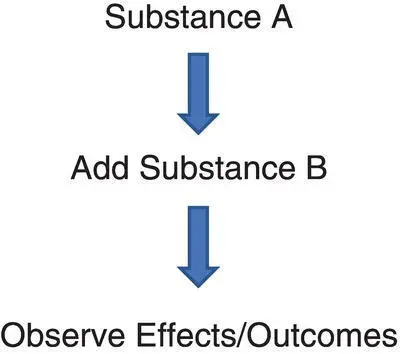
FIGURE 2.1 Single arm experiment.
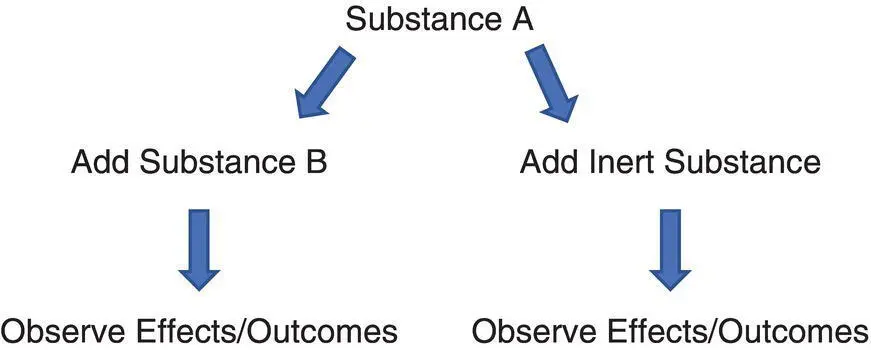
FIGURE 2.2 Twin arm experiment.

FIGURE 2.3 Triadic design with yoked controls.
Using Yourself as a Guinea‐Pig
In 1882, the German physician and microbiologist identified the bacteria which caused tuberculosis and cholera. Renee Dubos, a microbiologist who specialised in the study of tuberculosis, and one of my favourite ‘Great Thinkers’ about health and medicine, described how Koch injected tuberculin into his own arm and suffered a very serious reaction which showed that he had himself been infected with TB in the past, but had never had clinical tuberculosis. He later discovered the causative agent of cholera – Vibrio cholerae. Max Joseph von Pettenkoffer was a Bavarian chemist and hygienist who was an anti‐contagionist – he did not believe that (very new) idea that bacteria caused diseases like cholera ( Figure 2.4). As Dubos recounts:
Читать дальше
